1. What are the origins and influences of Besarabia?
Besarabia was born out of the chance meeting of Eva and myself (Heidi). We live only 8 kms from each other but met for the first time strangely through my husband, as she thought he was teaching English and she was looking for English lessons (actually he was teaching an English speaking art class!). We then met again at a party (with instruments) where we decided to improvise something together and it was musical love at first (second) sight!
Later we thought it would be good to have a bass player in the group and Eva had met Jaume on a percussion course and he said he played bass as well. We had already started playing some Bulgarian dances in very complicated rhythms so it was extremely useful to have someone who was a bass player AND a percussionist. Then it turned out he played even more instruments, such as the Cretan lute, oud and saz, so now he’s more or less eliminated the bass from the group as he prefers playing the other instruments! (although he does still play it on the CD).
Somehow we were attracted to the repertoire from the Balkans, Klezmer and the Mediterranean, partly due to the instruments we play, but also more importantly by the music itself. We love the energy, the crazy rhythms and the emotion of this music and the fact that it is music that doesn’t see borders: you’ll often find the same piece cropping up in Greece or Turkey or Bosnia or wherever (as in the tune Uskudara on our CD). We like to mix everything together from this very exciting part of the world. Now, in our own compositions, we’ve started doing the same, letting all our influences come together to create something new.
2. Could you tell us a bit about each musician in the trio?
Heidi Erbrich studied baroque violin at the Royal Academy of Music in London and the Sweelink Conservatory in Amsterdam. She has played with orchestras and early music ensembles throughout Europe and currently is joint leader of the baroque orchestra Florilegium Musicum in The Netherlands and member of the chamber music group In Stil Moderno. She also loves playing many other styles of music and has played in groups playing Jazz, Rock, Cuban and Funk etc. She teaches free improvisation workshops in Spain and the Netherlands.
Jaume Pallardó began his musical life at the Centro Instructivo de Arte y Cultura in La Vall d’Ulxó with the clarinet. He received his degree at the Conservatory of La Vall d’Uixó. Later he started studying the electric bass with Jose Miguel Fenollosa and Kodi and initiated his own bands La Big Bong Band and Crim(mental). Later on, he became interested in traditional music and has studied instruments such as the tombak with Pedram Khavarzamini and Diego López, bendir and riq with Vassilis Sarkis, the lute with Stelios Petrakis and saz with Efrén Lopez. Presently he plays with various groups such as Difonies jazz combo, La Banda del Pepo and Udiva.
Eva Domingo, actress and musician, started to study traditional music relatively late on in her career. After finishing her theatre studies she founded her own music/theatre group Rodamons-Trencaclosques with whom she started developing an interest in renaissance and medieval music. She recorded several albums with them and played numerous concerts all around Spain. In recent years she has become increasingly interested in music from Andalusia, classical Arab music, and music from Egypt, Iran and the Balkan regions. She has studied with Joansa Maravilla, Diego López, Pedram Khavarzamini and Bijam Cheminari. Currently, besides Besarabia, she is working on various theatre projects and teaching percussion, whilst also developing new techniques for herself, such as body percussion.
3. How do you find Valencia as a place to live and work as a musician?
Valencia is an interesting place for musicians. On the one hand it’s fairly small and so therefore quite limited, but on the other hand there are many vibrant places with live music to play at and really quite a lot of festivals sympathetic to our music (particularly since the change of government in Valencia..).
We have had the luxury that in the early days we were able to play a lot of gigs in cafes, to find our “musical feet”, so to speak, and now we have been given the opportunity to play in more established festivals and series of concerts, such as recently in Etnomúsic tardor in the Beneficiencia or the festival Mostra Viva del Mediterrani in the Palau. However, we still also really enjoy playing in the smaller places in Valencia as it is more intimate and we can try out new repertoire.
4. Could you tell us a bit about each track on your latest album, ‘Ritmos , trenzas y gatos’?
The first track, ‘Sandansko’, along with ‘Larzasko Horo’ and ‘Cetvorno Sopskp Horo’ are traditional Bulgarian dances.
‘Cau la ma’ is a song written by Eva, dedicated to the dreadful plight of the refugees. It was inspired by the photo of the dead child on the beach. It goes from complete despair to some kind of hope in the future.
‘Soñando Blue Blau’ is a tune composed by Heidi, inspired by a dream she had one night…..
‘Doyna’, ‘Bukoviner Freylekhs’ and ‘Danza de Los Titiriteros’ are all traditional Klezmer tunes. Doyna is basically an improvised piece, for the musicians to set the scene at the start of the wedding. We renamed the third tune as a homage to the titiriteros (puppeteers) who were put in prison in Madrid a couple of years ago, our anthem for the freedom of speech.
‘Kerem Eyle’ is a song from Serbia, with a title in Turkish and words in Romani, the gypsy language. A fine example of crossing cultures and borders.
‘Les Mones Balcániques’ is a composition of Jaume, dedicated to the two other group members….. the Balkan monkeys!
‘Uskudar’, as already mentioned earlier, is a traditional tune that appears in many different Balkan countries, each claiming it to be their own and putting their own lyrics to the music. We decided to personalise it as well so Jaume wrote his own lyrics to the music in Valencian, his mother tongue.
‘Autumn in Prague’ is another composition of Heidi’s, written indeed in Prague, in autumn, one day a long time ago……
We finish the CD with a piece called ‘Naz Bari’ from Azerbaijan, with words at the end from a poem from Yunus Enré (1241 -1320), a mystic and poet from Anatolia, words that are still very relevant today.
Could you tell us more about the new album that you are currently recording?
We’re very excited to invite you all to participate in our crowdfunding campaign for our new recording project “Animal Republic”.
Interview by Owl
MORE INFO:
besarabia.com
https://www.facebook.com/besarabiamusica
https://twitter.com/besarabiamusica
https://www.instagram.com/besarabiamusica/
Related Post
This site uses Akismet to reduce spam. Learn how your comment data is processed.


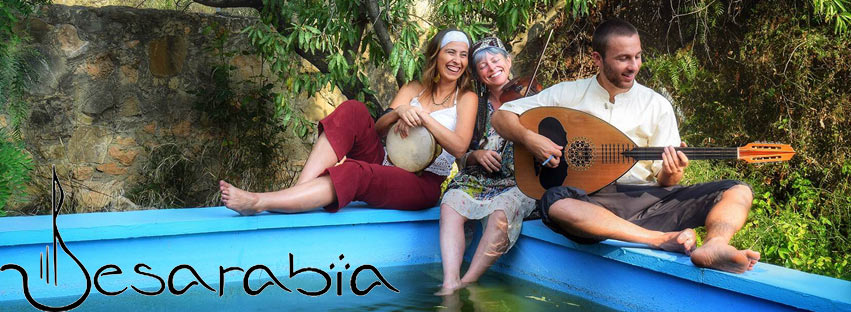
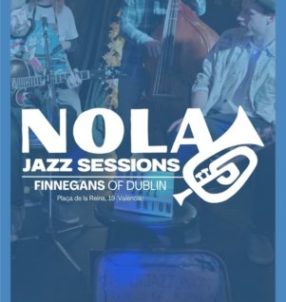
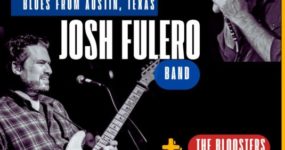
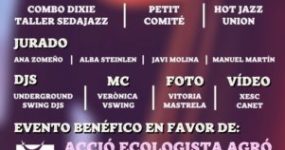
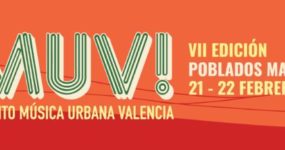
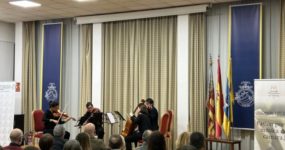

















Leave a comment